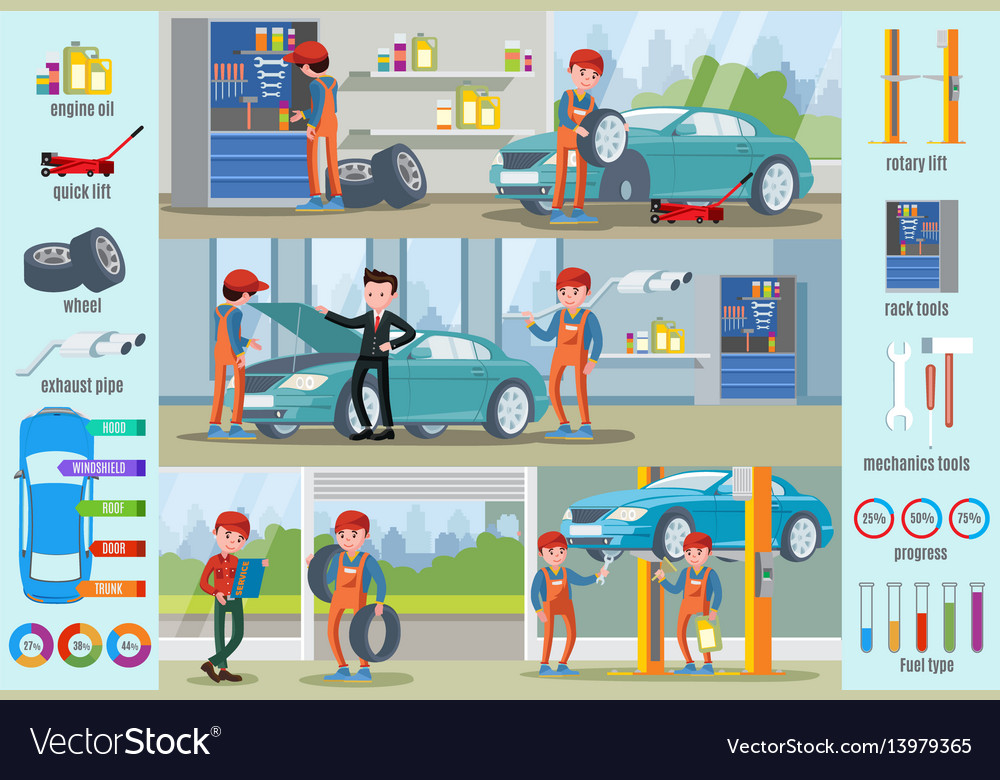Fascinated In Understanding The Caution Lights On Your Cars And Truck'S Control Panel? Discover Their Significance For Your Automobile'S Safety And Overall Condition
Fascinated In Understanding The Caution Lights On Your Cars And Truck'S Control Panel? Discover Their Significance For Your Automobile'S Safety And Overall Condition
Blog Article
Authored By-Higgins Stark
When you lag the wheel, those radiant caution lights on your control panel can be a bit difficult. Do you know what they're trying to tell you about your cars and truck's health? Recognizing https://carecutuning95172.smblogsites.com/32114213/the-convenience-of-mobile-vehicle-outlining-transforms-your-lorry-s-appearance-but-is-it-as-reliable-as-typical-approaches-discover-the-fact-behind-this-solution of these lights is important for your safety and the longevity of your automobile. So, the following time among those lights turns up, would not you want to decipher its message accurately and take the necessary actions to resolve it?
Common Warning Lights and Interpretations
Identify usual caution lights in your automobile and understand their significances to make certain safe driving.
The most regular caution lights include the check engine light, which signals problems with the engine or exhausts system. If this light comes on, it's essential to have your vehicle inspected quickly.
The oil pressure warning light indicates reduced oil pressure, calling for instant attention to prevent engine damage.
A flashing battery light could suggest a malfunctioning billing system, potentially leaving you stranded if not attended to.
The tire pressure tracking system (TPMS) light alerts you to low tire stress, affecting vehicle security and gas efficiency. Disregarding this can result in hazardous driving problems.
https://remap-ecu-motor62839.blogofchange.com/32671620/mobile-vehicle-explaining-enhancing-your-vehicle-s-look-on-the-move indicates an issue with the anti-lock braking system, endangering your ability to quit swiftly in emergency situations.
Lastly, the coolant temperature advising light warns of engine overheating, which can lead to severe damages otherwise dealt with promptly.
Recognizing these typical caution lights will certainly help you attend to problems promptly and keep safe driving problems.
Significance of Prompt Focus
Comprehending the common caution lights in your automobile is only the first step; the significance of promptly dealing with these warnings can't be highlighted sufficient to guarantee your security when traveling.
When a warning light brightens on your control panel, it's your car's way of communicating a potential problem that requires focus. Overlooking these warnings can result in much more serious troubles down the road, endangering your safety and possibly costing you a lot more in repairs.
Prompt interest to advising lights can stop failures and accidents. For instance, a flashing check engine light could indicate a misfire that, if left neglected, might cause damage to the catalytic converter. Resolving this without delay can conserve you from a costly repair work.
Likewise, a brake system cautioning light might indicate low brake liquid or used brake pads, vital parts for your safety when driving.
DIY Troubleshooting Tips
If you discover a caution light on your dashboard, there are a couple of DIY troubleshooting suggestions you can attempt prior to looking for specialist assistance.
The very first step is to consult your automobile's guidebook to comprehend what the particular caution light suggests. Sometimes the issue can be as straightforward as a loose gas cap causing the check engine light. Tightening the gas cap may settle the trouble.
Another common problem is a low battery, which can trigger various warning lights. Checking carinteriorcleaningauckland for deterioration and ensuring they're protected may take care of the trouble.
If a caution light persists, you can attempt resetting it by disconnecting the vehicle's battery for a couple of minutes and afterwards reconnecting it. Additionally, checking your lorry's fluid levels, such as oil, coolant, and brake liquid, can help troubleshoot alerting lights connected to these systems.
Conclusion
Finally, recognizing your automobile's warning lights is vital for maintaining your car running smoothly and securely. By quickly addressing these informs and knowing what they suggest, you can avoid expensive repair work and potential breakdowns.
Keep in mind to consult your auto's guidebook for particular information on each alerting light and do something about it appropriately to make sure a trouble-free driving experience.
Keep notified, stay risk-free when driving!
